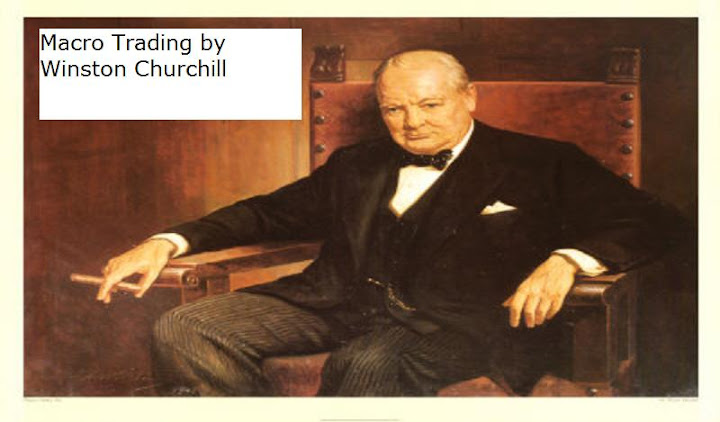Steen's Chronicle
Another step towards Crisis 2.0?
The Keynesian endpoint
Since the crisis hit in 2008, world policy makers have basically operated on the idea that creating more debt could create more growth – the basic tenet of classic Keynesian policy. I am increasingly convinced that we are reaching what some have dubbed the “Keynesian endpoint”, where the failure of this Keynesian approach to turn the economic ship yields to a more balanced approach to monetary- and fiscal policies (rather than bail everything out all the time). This turn will occur not because it makes sense, but because circumstances simply leave no alternative.
Time is up
The second point is the increased likelihood that “time is up”. This idea came from my friend and hedge fund manager Dan Arbess of Xerion Capital : “Here's the thing. Every politician likes to spend, that's how they get elected. Republicans don't like taxes, but boy can they borrow. That game is ending so now, there are no more options for spending without taxing. It's going to get interesting with two totally different worldviews: Democrats tax and spend, Republicans cut taxes and spend...Democrats tend to thing government is the solution, Republicans think it's the problem”. Well put and time is up for the US spending juggernaut, regardless of how it will be stopped.
If we look at key indicators for the EU and the US there is increasingly clear evidence, to which the market has been paying insufficient attention , that time is indeed up and the alarm bells are ringing:
Chart 1: Contagion is on. Spain minus Italy 10 year bond spread

Source: Bloomberg
This chart may be the most important one for understanding the gradual erosion in the EU and the Euro – namely the spread in 10 year bonds between Spain and Italy. Less than three months ago, the inclusion of Italy in the group of nations affected by the sovereign debt crisis was borderline anathema for EU politicians. Now fast forward and we have this spread down at 18 bps – yes, Italy, deemed outside the circle of contagion, now yields almost as much as Spain.
And while we’re on the subject of Spain, a few items crossing the screen - all of them today:
- Zapatero calls early Spanish election
- Spain faces Moody’s downgrade risk on regional budget concern
- Talks of EFSF fund not being big enough (still at old level of 440 bln. EUR) is hurting Spanish debt
In the US – deal or no deal – I am sorry to say it makes no real big difference. The budget plans for the next ten years that have been thrown around, whether intended to save $1 trillion, $2 trillion, or even $4 trillion are insufficient to counter the “baseline scenario” of $10 trillion of further national debt accumulation that will take place assuming no behavior change. And that $10 trillion projection is modest, since it would take place in a scenario of 4% growth. What if growth is 1-2% or worse? When looking at US dollar it is important to choose the right currency. The only fair one is CHF – it’s in Europe, has a small open economy, world class companies, and has reasonable taxes. The chart below is one of the USD vs CHF since 1991. The trend? CHF has increased on average roughly 3 per cent per year in the last decade.
Chart 2- The US dollar vs. CHF tells the story of fiat money

Source: Bloomberg
The next few days are important as political events, but the most likely long-term impact is…surprise, surprise: more of the same:
The US dollar will continue to weaken 3-5% per year, the politicians will buy some time into the next election cycle, yields will creep higher and higher for non-core countries, equities will be over-bid relative to bonds as investors are losing faith in governments, and the disparity between the rich and poor will only yawn wider as the latter suffer on the inevitable standard of living declines that are forced upon them by wages that fail to keep pace with cost of living increases.
We have dealt with bigger crises than this before – you only need to go back to your own grandparents – they lived through wars, booms and a depression, and still created wealth beyond anyone’s dream. The big difference? They grew up respecting and expecting hard times, hard work and each other. Today we all want to believe that the last thirty years will be extended by another five to ten years before we start the rebuilding. We are now definitely in Crisis 2.0 early stages, I constantly meet clients and investors who keep complaining I’m too negative – but am I really negative, or am I merely trying to make you aware that the light at the end of the tunnel is not the exit but an approaching freight train?
.jpg)



